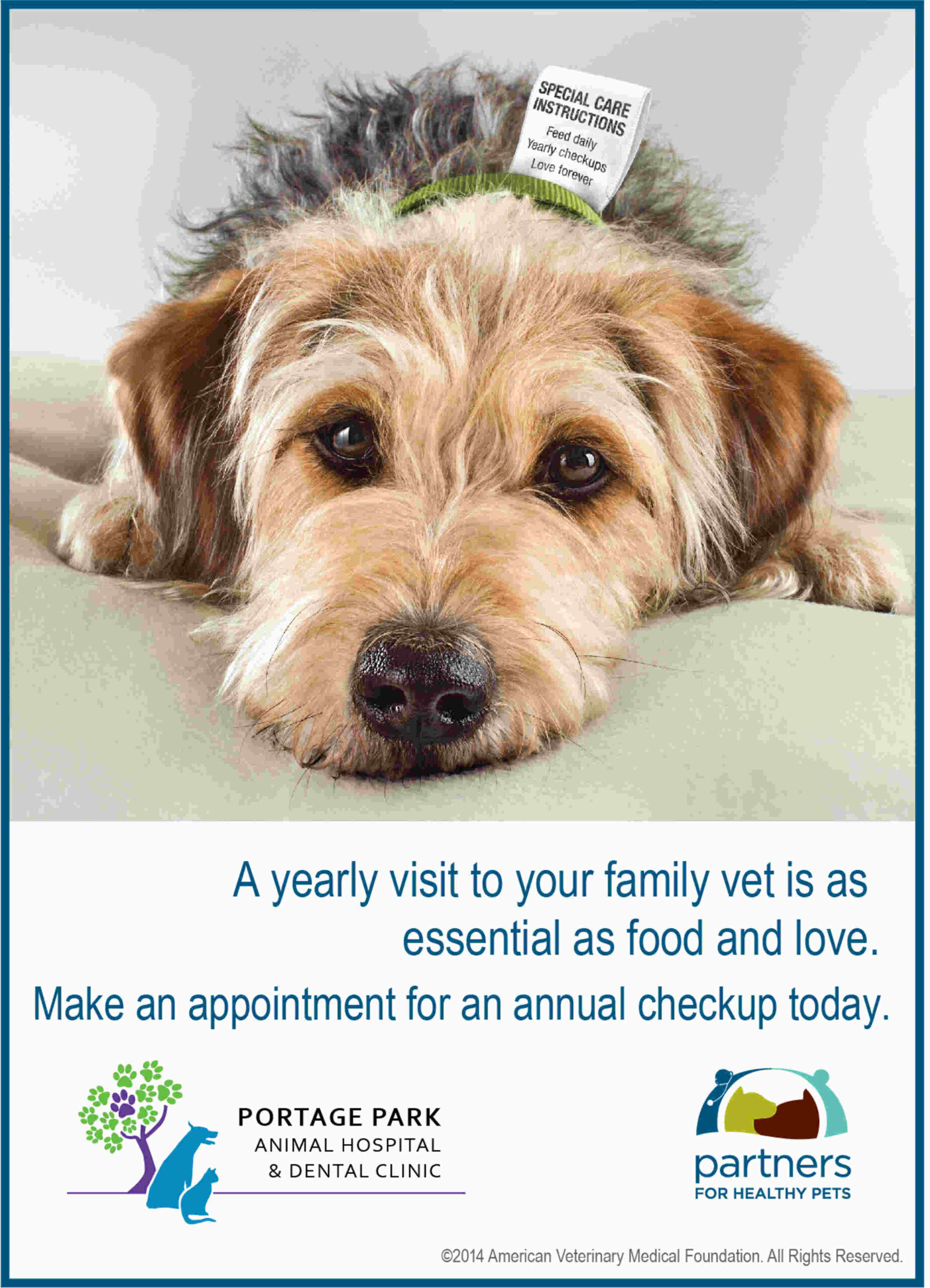
Just like humans, dogs can struggle with maintaining a healthy weight. As a pet parent, it’s important to recognize the signs of an overweight dog and take action to help them achieve a healthy weight. In this comprehensive guide, we’ll explore how to determine if your furry friend needs to shed a few pounds and what steps you can take to help them.
Understanding Your Dog’s Ideal Weight
Every dog breed has a different ideal weight range. For example, a healthy German Shepherd will naturally weigh more than a Chihuahua, so it’s essential to understand what’s normal for your specific breed. However, there are universal signs that can help you determine if your dog is carrying extra pounds, regardless of their breed.
Visual Signs Your Dog May Be Overweight
When looking at your dog from above, they should have a visible waist, creating an hourglass figure between their ribs and hips. If your dog looks more oval-shaped or has no visible waist, this could indicate they’re overweight.
From the side, your dog’s belly should tuck up from their ribcage to their hindquarters. If their belly sags or hangs down, this might suggest excess weight. You should be able to feel their ribs with gentle pressure, though they shouldn’t be prominently visible (unless your dog is a naturally lean breed like a Greyhound).
Physical Signs and Symptoms
An overweight dog might show several physical symptoms that affect their daily life. If you notice your dog getting tired more quickly during walks or play sessions, this could be due to excess weight. They might also have difficulty getting up from a lying position or climbing stairs. Some dogs may even develop a waddling gait when they walk.
Heavy breathing or panting, even with minimal exercise, can also indicate that your dog is carrying too much weight. These signs shouldn’t be ignored, as they can impact your dog’s quality of life and potentially lead to more serious health issues.
Health Risks of Dog Obesity
Carrying extra weight puts additional stress on your dog’s body and can lead to various health problems. Overweight dogs are more likely to develop:
- Joint problems and arthritis, as extra weight puts more pressure on their joints
- Diabetes and insulin resistance
- Heart disease and high blood pressure
- Respiratory problems that make it harder to breathe
- Increased risk during surgery and slower recovery times
How to Help Your Dog Reach a Healthy Weight
If you suspect your dog is overweight, the first step is to consult with your veterinarian. They can provide a professional assessment and help you develop a safe weight loss plan. This typically involves:
- Measuring your dog’s food portions accurately instead of eyeballing them
- Switching to a lower-calorie dog food if recommended by your vet
- Incorporating more physical activity into your dog’s daily routine
- Limiting treats and using healthy alternatives like carrots or green beans
- Regular weigh-ins to track progress
Remember that weight loss should be gradual. Rapid weight loss can be dangerous for dogs, just as it is for humans. Your vet can help you set realistic goals and timeframes for your dog’s weight loss journey.
When to Seek Professional Help
If you’re concerned about your dog’s weight, don’t wait to seek professional guidance. At Portage Park Animal Hospital, our experienced veterinary team specializes in pet nutrition and weight management. We understand that every dog is unique, and we create personalized weight management plans that consider your pet’s age, breed, activity level, and overall health status.
Our state-of-the-art facility offers comprehensive health assessments and ongoing support to help your furry friend achieve and maintain a healthy weight. Located in the heart of Portage Park, we’re committed to partnering with pet parents to ensure their dogs live their healthiest, happiest lives. Contact us today to schedule a wellness exam and get expert advice on managing your dog’s weight.


